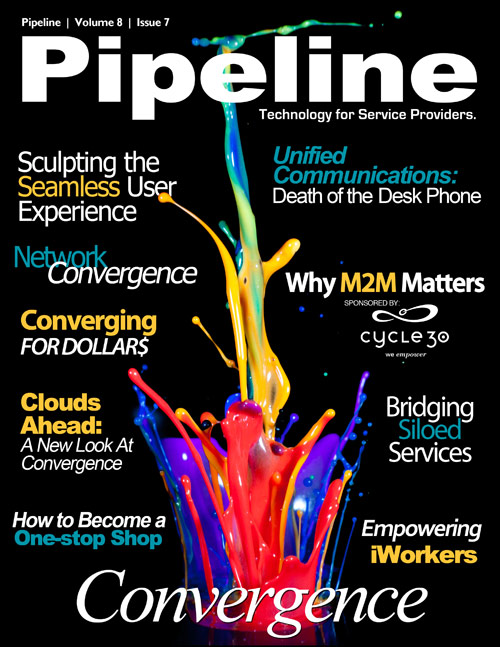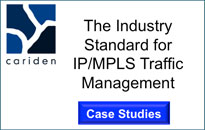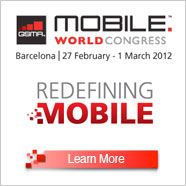By: Guy Hilton

In today's connected world, perhaps the most powerful examples of convergence are smartphones–in which voice is simply one application among many–and tablets, which have emerged as one of the most revolutionary communications platforms in terms of their impact on how we work, play and live.
Consider this remarkable statistic in a recent New York Times article: mobile devices such as smartphones and tablets now account for 7 percent of worldwide Web traffic, according to a new report from comScore. The comScore report found that 37 percent of mobile phone traffic takes place over Wi-Fi networks–and that Wi-Fi traffic, through mobile devices, grew as much as 3 percent in the last three months alone.
What are the implications for service providers struggling to meet this insatiable consumer demand for smartphones and tablets? One thing is clear: Customers are clamoring to receive their data services in a simpler, more intuitive way across all their devices, while service providers increasingly realize they must find new revenue streams and data pricing models to better serve them.
So let's consider a special type of convergence that should be of great interest to service providers: the convergence of policy management systems with real-time charging systems to address this new era of data services and customer expectations.
A recent research report sponsored by Amdocs and conducted by the analyst firm Heavy Reading clearly demonstrates the overwhelming demand for integrated charging and policy management solutions to address the data monetization challenge spurred by the rapid growth of mobile devices. In fact, fully 85 percent of the service providers who responded see a need to integrate charging and policy management capabilities. (More information on the survey and its implications is available here).


A Simpler Time, And Then the Data Crunch
Let's take a brief look back to see how we arrived at this point. Initially,unlimited data plans made sense for both service providers and customers. Service providers were happy to sign up consumers for unlimited plans as a way to monetize a new and exciting service while most customers still didn't possess a smartphone. In fact, many families had only one or two devices that consumed data.
But then, as smartphones and tablets took center stage, the data capacity crunch hit, with a major impact.Service providers in the U.S. and around the world began to feel the strain as explosive mobile data traffic growth threatened to swamp their networks. The reality of the data capacity crunch continues to place ever-growing demands on the network in an increasingly connected world, with Cisco predicting 15 billion connected devices by 2015.
There's no end in sight: the expanding market for smart TVs, healthcare devices, home systems and connected cars will continue to drive this number up. Today it's not unusual for an average U.S. family to own between five and 10 connected devices. For a Tier-1 service provider, that profusion of connected devices can mean supporting hundreds of millions of data events, and that's before taking into account enterprise and machine-to-machine (M2M) services.









